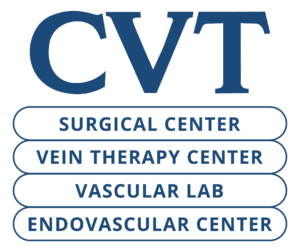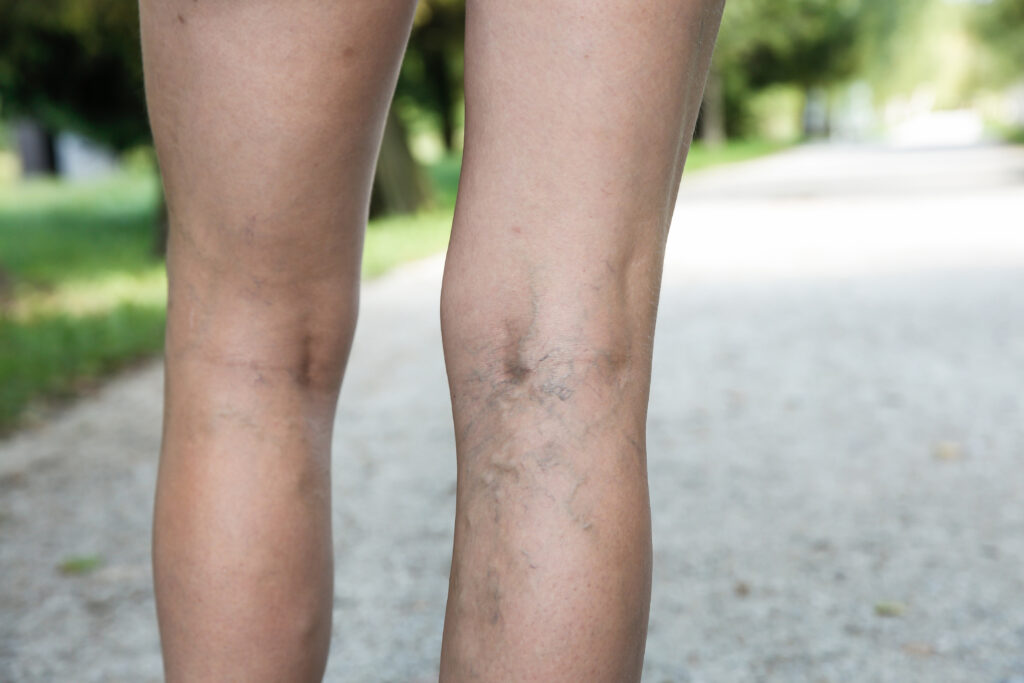Varicose veins and spider veins are two different conditions that are often confused with each other. While they may look similar, they have distinct differences, including different underlying causes and treatments.
What are Varicose Veins?
Varicose veins are enlarged veins that often appear on the legs and feet. They are usually blue, green, or purple in color and can be raised or swollen. Varicose veins are often painful and can cause aching, throbbing, or a heavy feeling in the legs. They may also cause itching or burning sensations.
What Causes Varicose Veins?
The main cause of varicose veins is faulty valves in the veins. Veins have one-way valves that help to keep blood flowing towards the heart. When these valves become weak or damaged, blood can flow backwards and pool in the veins, causing them to stretch and enlarge. This is why varicose veins are often more common in people who stand or sit for long periods of time, as this can increase the pressure on the veins in the legs.
How are Varicose Veins Treated?
Varicose veins can be treated with a variety of methods, including lifestyle changes such as exercise, weight loss, and wearing compression stockings. There are also several medical treatments available, such as endovenous laser treatment (EVLT), sclerotherapy, and phlebectomy, which can help to eliminate or reduce the appearance of varicose veins.
What are Spider Veins?
Spider veins are small, thin veins that are usually closer to the surface of the skin than varicose veins. They are often red or blue in color and may resemble a spider web or tree branches. Spider veins are usually painless, but some people may experience mild itching or burning sensations.
What Causes Spider Veins?
The causes of spider veins are not well understood, but they are thought to be related to a combination of genetics, hormonal changes, and lifestyle factors. They may be more common in women, especially during pregnancy, and in people who stand or sit for long periods of time.
How are Spider Veins Treated?
Spider veins can be treated with sclerotherapy, which involves injecting a solution into the vein to cause it to collapse and be reabsorbed by the body. Laser treatments may also be effective for treating spider veins.
Key Differences Between Varicose and Spider Veins
The main differences between varicose veins and spider veins are their size, location, and symptoms. Varicose veins are larger, raised, and often painful, while spider veins are smaller, flatter, and usually not painful. Varicose veins are typically found on the legs and feet, while spider veins can appear anywhere on the body. Varicose veins are caused by faulty valves in the veins, while the causes of spider veins are less well understood.
Baton Rouge Area Treatment for Varicose and Spider Veins
Regardless of the type of condition that plagues you, the experts at CVT can help. Our specialists treat all manner of venous disorders, helping patients reclaim their leg health, comfort, and appearance. To get started in the treatment of either varicose or spider veins, contact one of our six convenient clinic locations to schedule an appointment.

